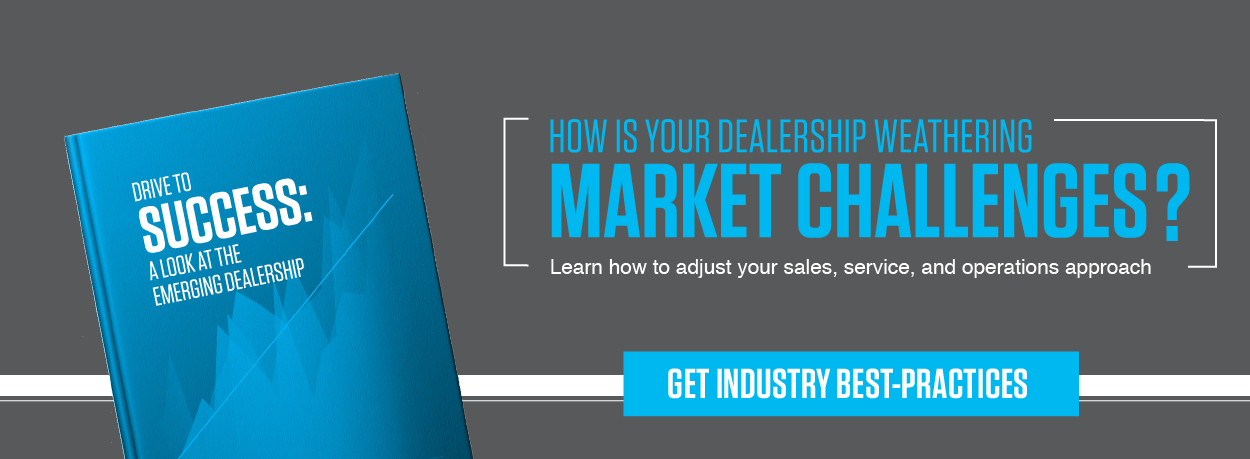Change is the only constant in auto sales. In the last several years, the industry has experienced dramatic changes due to increased focus on digital retailing, shifting consumer behaviors, and the pinch of margin compression. Yet, with these changes, dealerships assume their employees should remain the same. And, it’s precisely this type of thinking that prevents many dealerships from leveraging the strength of their people to gain competitive advantage.
With these factors in mind, Cox Automotive published the Dealership Staffing Study, with tips on how dealerships can drive productivity, create a better workplace culture, improve retention, and boost their bottom lines. Here are a few highlights of the study.
Lost Operational Opportunities
With operational costs increasing and margins declining on the sale of new and used cars, dealerships must invest in their employees to reduce inefficiencies. At first, this concept can seem counterintuitive. After all, more than half of a dealership’s gross profit margin goes to payroll. But with the average cost of a new hire at $10,000 and the sales staff turnover rate at 67%, dealerships are losing money every time one of their employees decides to walk. And that doesn’t even contemplate the cost of lost knowledge and lapsing customer relationships resulting from high turnover. Unfortunately, most dealerships (2 in 3) have no staffing strategy, and continue to endure unnecessary high turnover, high costs, and lost operational opportunities.
Solid Staffing Strategy
If high turnover results in lost profits, high-quality, long-term employees are critical to dealer profitability and growth. Having the right people in the right roles can be a key differentiator when stacked against competitors. But how do dealerships go from liability to a strategic strength with its employees? For starters, a solid staffing strategy is a function of:
- Attracting desired talent to an organization
- Finding people who match your skills-needs and fit your culture
- Onboarding employees, faster, to set them up for success and keep them engaged
Finding and Keeping Top Talent
Speaking of expecting employees to remain unchanged in a changing industry, many dealerships look to hire the same type of employee, just because he/she fits the outdated model of an industry employee. As a result, Gen X and baby boomers make up 2/3 of the dealership workforce. And, despite millennials making up 60% of new hires, dealerships fail to train and manage this key group of workers, leading to an annual turnover rate of more than 50% among millennials.
To accommodate a changing workforce, dealerships need to change as well. This means:
- Expanding the pool of potential candidates
- Changing company cultures to encourage more employee involvement
- Experimenting with different pay plans and work schedules
By instituting better rewards programs, better technology (78% of millennials are strongly influenced by a company’s perceived innovativeness), and better training practices focused on instilling company pride, dealerships can revolutionize their staffing strategy.
Having a Holistic Staffing Strategy
To be part of the next generation of auto sales, dealerships need to adapt along with the industry and its workforce. Having a holistic staffing strategy means recruiting, training, recognizing, and continually communicating with the right people so dealerships can find increased efficiencies and leverage the strength of their people as a basis for competitive advantage.
To learn more about creating a staffing strategy at your dealership, download the Cox Automotive Dealership Staffing Study.



